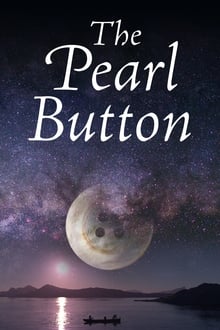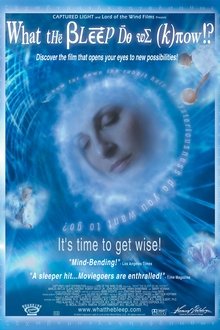
Feature-length compilation of 1920s newsreel footage, with commentary about news, sports, lifestyles, and historical figures.
You May Also Like

For a decade, Dwayne Wade intimately documented his life and career with a film crew. The result is a remarkably candid portrait of one of the greatest NBA players of all-time.

Why hacking for good is an important scientific discovery; how people can hack their own minds to improve their lives and change the world for the better.

How is it to be homeless in one of the World’s Richest Country, where to sleep and what to eat? Poverty is almost the same tragic situation in rich California and the poorest Appalachian region.

Trent Williams is one of the most athletic and successful offensive linemen in NFL history. The eight-time first-ballot Pro Bowler can go from clearing 5-foot-high box jumps to beating future Hall of Fame running back Adrian Peterson in footwork drills. The 6’5”, 320-pound native of Longview, Texas, is also a skilled hooper, capable of 360-degree dunks and a nasty crossover akin to Allen Iverson’s. Now, the San Francisco 49ers offensive tackle—known as the “Silverback” for his size and speed—is authoring one of the most miraculous comeback stories in NFL history.

Finnish TV documentary featuring archival interview footage of Jarva and clips from his films

In 1975, six loggers in Arizona witnessed their crewmate’s abduction by UFO. The Travis Walton story became an international sensation and ripped apart a small town. Four decades later, shocking new evidence reveals the true story behind Fire in the Sky.

Documentary exploring the aftermath of a car crash. As stories change and conflicting testimonies emerge, police must unpick the mystery of what really went on.

The ocean contains the history of all humanity. The sea holds all the voices of the earth and those that come from outer space. Water receives impetus from the stars and transmits it to living creatures. Water, the longest border in Chile, also holds the secret of two mysterious buttons which were found on its ocean floor. Chile, with its 2,670 miles of coastline and the largest archipelago in the world, presents a supernatural landscape. In it are volcanoes, mountains and glaciers. In it are the voices of the Patagonian Indigenous people, the first English sailors and also those of its political prisoners. Some say that water has memory. This film shows that it also has a voice.

Making a Killing: Guns, Greed, and The NRA tells the stories of how guns, and the billions made off of them, affect the lives of everyday Americans. It features personal stories from people across the country who have been affected by gun violence, including survivors and victims’ families. The film exposes how the powerful gun companies and the NRA are resisting responsible legislation for the sake of profit – and thereby putting people in danger.

From Nashville newcomer to international icon, singer Shania Twain transcends genres across borders amid triumphs and setbacks in this documentary.

UFO Chronicles is an unprecedented and uncensored film series featuring the top authorities on the UFO enigma. . Lt. Col. USAF (Ret) Donald M. Ware has witnessed 8 Alien crafts including the fly overs by UFOs over the Capitol building in Washington DC. Mr. Ware is a former F-100 fighter pilot and nuclear engineer who also has served as MUFONs Eastern Regional Director and for 18 years was a Director of the International UFO Congress. Mr. Ware discusses Underground bases, Alien-Human Hybrids, the Atlantis Connection, Bigfoot encounters, and the alien technology now being used by the United States in conjunction with a Shadow World government that is preparing for the upcoming series of Earth changing events we are about to face on a worldwide basis.

Amanda is a divorced woman who makes a living as a photographer. During the Fall of the year Amanda begins to see the world in new and different ways when she begins to question her role in life, her relationships with her career and men and what it all means. As the layers to her everyday experiences fall away insertions in the story with scientists, and philosophers and religious leaders impart information directly to an off-screen interviewer about academic issues, and Amanda begins to understand the basis to the quantum world beneath. During her epiphany as she considers the Great Questions raised by the host of inserted thinkers, she slowly comprehends the various inspirations and begins to see the world in a new way.